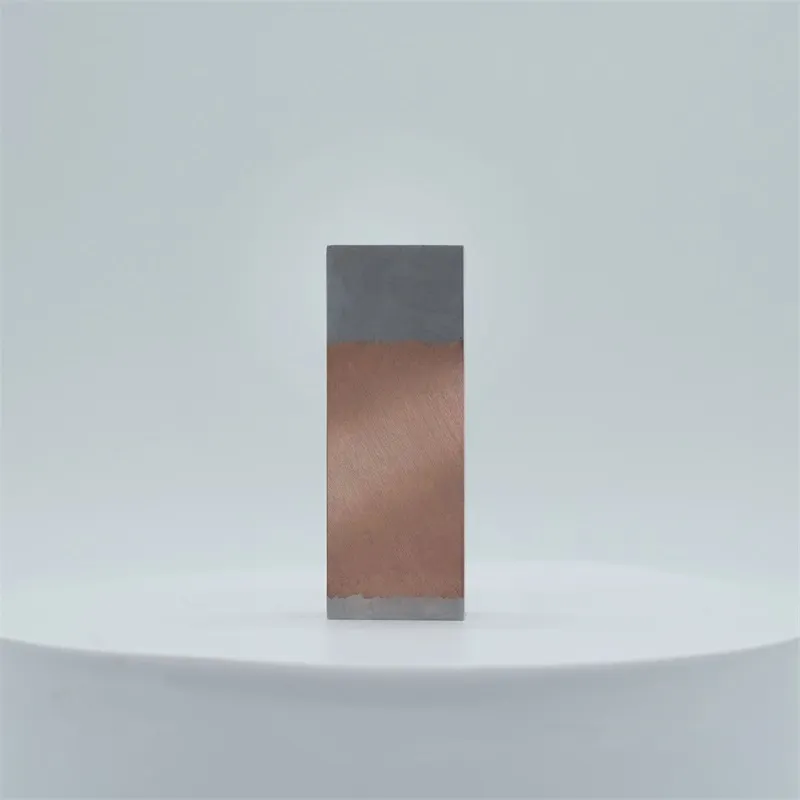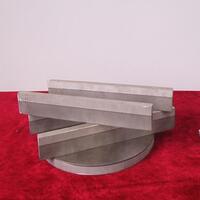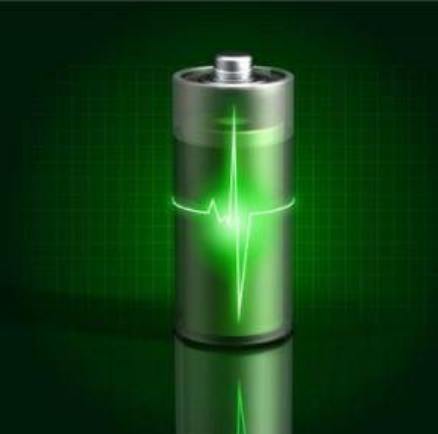1. Introduction
When you hear ‘metal clad,’ you might picture industrial sheds or electrical wiring—but in today’s architecture, metal clad has evolved into a sophisticated design language. Far from utilitarian, modern metal clad systems are engineered for performance, longevity, and visual impact. From corten steel siding that weathers into a rust-hued masterpiece to zinc clad roofs that shimmer under city lights, clad metals are redefining what’s possible in high-end construction.

This isn’t just about slapping metal sheets onto a frame. True innovation lies in alloy clad composites—like aluminum clad stainless steel or titanium clad panels—that merge the best properties of multiple metals. Let’s dive into how these advanced materials are being used in real-world, niche architectural applications.
2. What Does ‘Metal Clad’ Really Mean?
At its core, metal clad meaning refers to a composite material where a base metal is bonded—mechanically or metallurgically—with a layer of another metal. This process, known as cladding, enhances corrosion resistance, strength, or aesthetics without the full cost of using a premium metal throughout.
Clad metal meaning extends beyond architecture: it includes metal clad wire (like cu clad wire for conductivity), aluminum clad pipe insulation for thermal efficiency, and even clad steel plates used in chemical processing. But in building design, ‘metal clad’ most often describes exterior systems—metal clad wall panels, metal clad roofs, and metal clad siding—that protect and beautify structures.
3. Corten Steel Facades: Beauty in Controlled Decay

One of the most striking niche applications is the corten steel facade. Corten steel plate develops a stable rust-like appearance when exposed to weather, eliminating the need for painting while offering decades of service life. Architects love it for its raw, evolving aesthetic—especially in urban lofts, museums, and boutique metal clad houses.
While corten siding cost can be higher than standard steel, its minimal maintenance and dramatic visual payoff justify the investment. Designers often pair it with glass or wood to balance its industrial edge. And because it’s a self-protecting alloy, it’s ideal for exposed locations where traditional finishes would degrade.
4. Standing Seam and Vertical Metal Systems: Precision Meets Performance
Modern metal clad buildings increasingly use vertical standing seam metal siding or colorbond standing seam panels for clean, uninterrupted lines. Systems like pac clad standing seam roof or pac clad hwp (high-performance wall) offer weathertight seals, thermal efficiency, and sleek profiles.
These systems often use aluminum clad steel or stainless clad aluminum substrates—combining the light weight of aluminum with the strength of steel. Pac clad column covers and pac clad coping further extend this aesthetic to architectural details, creating cohesive, high-end exteriors.

5. Exotic Clad Metals in Specialty Architecture
Beyond steel and aluminum, niche projects leverage advanced clad metals for extreme environments or artistic expression:
- Zinc metal siding and zinc clad dormers offer a soft, matte finish that ages gracefully, often used in European-inspired designs.
- Copper siding develops a distinctive green patina over time, prized for heritage restorations or luxury residences.
- Titanium clad panels, though rare and costly, provide unmatched corrosion resistance—ideal for coastal or industrial zones.
- Alloy clad combinations like 2024 T3 clad or 7075 T6 clad (common in aerospace) are occasionally adapted for high-stress architectural elements requiring strength-to-weight ratios.
These materials aren’t just decorative—they solve real engineering challenges. For instance, copper nickel clad or cupro nickel clad resists biofouling in marine settings, while inconel 625 weld overlay protects structural components in high-heat zones.
6. Sustainability and Innovation in Metal Clad Design
Metal clad systems contribute to green building goals. Most are fully recyclable, and many—like exterior corrugated metal siding or corrugated steel facade panels—use recycled content. Aluminum clad sheet and stainless steel metal plate can last 50+ years with zero maintenance.
Moreover, innovations like electroless nickel coatings or chromium electroplating enhance durability without toxic byproducts. Even boiler plate steel is being reimagined with clad layers for better performance in sustainable infrastructure.
7. Conclusion
Metal clad has transcended its industrial roots to become a cornerstone of high-performance, expressive architecture. Whether it’s a steel clad house wrapped in corten steel siding, a commercial tower with a zinc facade, or a museum featuring pac clad standing seam detailing, clad metals offer unmatched versatility. As material science advances—producing ever more efficient combinations like aluminum clad stainless steel or titanium alloy plate—the future of metal clad buildings looks not just durable, but dazzling.
Our Website founded on October 17, 2012, is a high-tech enterprise committed to the research and development, production, processing, sales and technical services of ceramic relative materials such as Metal. Our products includes but not limited to Boron Carbide Ceramic Products, Boron Nitride Ceramic Products, Silicon Carbide Ceramic Products, Silicon Nitride Ceramic Products, Zirconium Dioxide Ceramic Products, etc. If you are interested, please feel free to contact us.
